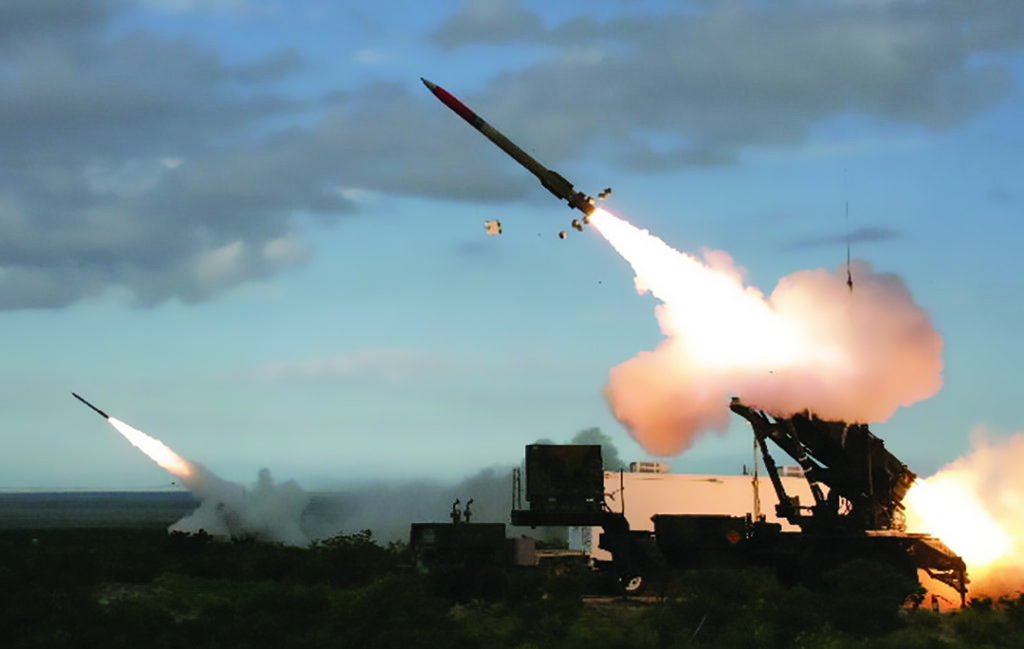THE WATCH STAFF
The North American Aerospace Defense Command (NORAD) is issuing an early warning.
Air Force Col. Kristopher Struve, NORAD’s vice director of operations, said the capability of potential adversaries to strike the United States with conventional weapons has increased to the point that the homeland is “not a sanctuary any longer,” reported The War Zone, a defense news website.
NORAD is a joint United States and Canada organization charged with aerospace warning and aerospace control.
Struve discussed the defense of domestic infrastructure during a virtual roundtable hosted by the Missile Defense Advocacy Association (MDAA). Struve said that NORAD is weighing how to optimize air-defense capabilities — including ground-based surface-to-air missiles — to protect critical infrastructure, according to The War Zone.
“This is just the latest example of U.S. officials sounding similar alarms bells in recent years — but it is a less-common public acknowledgment about the limitations of existing defenses within the continental United States,” wrote the website’s Joseph Trevithick.
Struve discussed the potential threats to the U.S. during the roundtable, saying the conventional cruise missiles of China and Russia have undergone significant improvement in recent years.
“There are opportunities for our adversaries to employ weapons from distances that they could strike critical infrastructure in the United States early in a conflict and create some challenges for us to produce our military power,” Struve said, according to a MDAA transcript of the roundtable.
“As our adversaries have built the capability to strike us conventionally, they feel like that they have [an] opportunity below the nuclear threshold to strike us and potentially keep that conflict from going nuclear,” he said. “And it is this avenue where we really need to work to close gaps and be able to protect the homeland more completely.”
As part of risk mitigation against such threats, Struve mentioned “hardening, redundancy, resiliency” on critical U.S. infrastructure that is particularly vulnerable. Then, he said, defenses such as surface-to-air missile batteries could be placed in key areas such as the National Capital Region.
(Pictured: A Patriot missile test in 2019. The ground-based, mobile system can engage cruise missiles and other airborne threats.)
Struve said that NORAD is working with the Office of the Secretary of Defense and the National Security Council on where to place the “limited ground-based air-defense assets that we’ll have in time of conflict to really change our adversaries’ calculus about their efficacy of being able to execute an attack on the U.S.”
Air Force Gen. Glen D. VanHerck, commander of U.S. Northern Command (USNORTHCOM) and NORAD, touched on the threats from conventional missiles in an August 21, 2021, discussion with the Center for Strategic and International Studies. He pointed out the need for the U.S. to have a “defended asset list.”
“It’s a tough discussion that’s been had for a while,” VanHerck said, “but I think it’s crucial that we go down that path. … I think that we need to look not only across the Department of Defense but the whole-of-nation on what we must defend.”
IMAGE CREDIT: U.S. ARMY PHOTO

